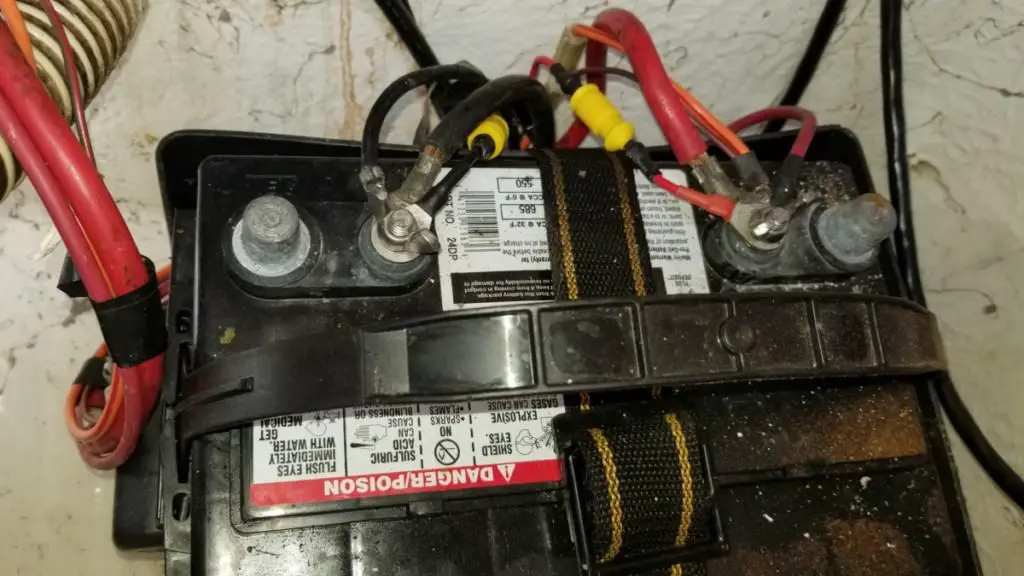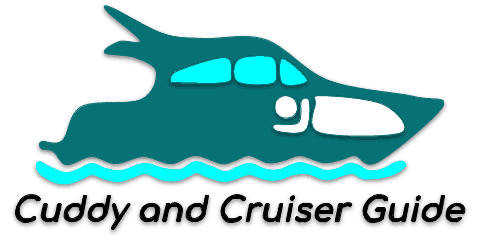For avid boaters, ensuring that your vessel’s battery remains charged is a crucial aspect of maintaining an enjoyable and safe experience on the water.
A dead battery can leave you stranded, which is not only inconvenient but also potentially dangerous.
This article will delve into the various methods for charging a boat battery while on the water, providing you with the knowledge and confidence to keep your maritime adventures going smoothly.
Understanding Boat Batteries
Before diving into the charging methods, it’s essential to have a basic understanding of boat batteries.
There are three primary types of batteries commonly found on boats: starting batteries, deep-cycle batteries, and dual-purpose batteries.
Starting batteries provide a burst of power to start the engine, while deep-cycle batteries are designed for longer, slower discharge to power onboard electronics and appliances. Dual-purpose batteries can perform both functions but may not be as efficient as dedicated starting or deep-cycle batteries.

Use Your Boat’s Engine
The simplest and most common method for charging a boat battery while on the water is to rely on the engine’s alternator.
When the engine is running, the alternator generates electricity, which charges the battery. T his is an effective and efficient way to keep your battery charged, especially if you spend a significant amount of time cruising.
To charge the battery using the engine, follow these steps:
- Start the boat’s engine
- Allow the engine to idle or run at a low RPM (revolutions per minute) for an extended period. This will enable the alternator to charge the battery without overworking the engine.
- Monitor the battery voltage using a voltmeter to ensure it reaches a full charge. A fully charged 12-volt battery should read around 12.6+ volts. The reading should be taken with the engine off and after you put a decent load on the battery for a minute or two to eliminate the elevated and artificial surface charge.
Solar Charging
Harnessing the power of the sun is an eco-friendly and cost-effective way to charge your boat battery while on the water.
Solar panels can be installed on your boat, either permanently or temporarily, to collect sunlight and convert it into electricity. Solar charging is particularly beneficial for boaters who spend extended periods on the water without access to shore power or who want to reduce their reliance on fossil fuels.
To charge a boat battery using solar panels, follow these steps:
- Select the appropriate solar panel size and type for your boat and battery requirements. This may require consulting with a marine solar expert or conducting research on your own. Remember, solar panels of any effectiveness are going to take up a lot of real estate.
- Install the solar panels on your boat, ensuring they have maximum exposure to sunlight.
- Connect the solar panels to a solar charge controller, which regulates the voltage and current flowing from the solar panels to the battery.
- Monitor the battery voltage to ensure it reaches a full charge.
Wind Turbine Charging
Another renewable energy option for charging a boat battery on the water is using a wind turbine.
Wind turbines generate electricity by capturing wind energy and converting it into electrical power. This method is ideal for sailors and boaters who frequently encounter windy conditions on their voyages.
To charge a boat battery using a wind turbine, follow these steps:
- Choose a suitable wind turbine for your boat, considering factors such as size, weight, and power output.
- Install the wind turbine on your boat, ensuring it is securely mounted and exposed to sufficient wind.
- Connect the wind turbine to a charge controller, which will regulate the power flowing from the turbine to the battery.
- Monitor the battery voltage to ensure it reaches a full charge.
Portable Generators
For boaters who require additional power or who cannot rely solely on renewable energy sources, a portable generator can be a practical solution for charging a boat battery on the water.
Portable generators run on gasoline, diesel, or propane and produce electricity to power your boat’s electrical systems, including charging the battery. I highly recommend getting an inverter generator (Amazon) as they are far more fuel efficient and dramatically quieter — since we all know how far sound travels on water.
To charge a boat battery using a portable generator, follow these steps:
- Select a suitable portable generator for your boat, considering factors such as power output, fuel type, and noise level.
- Safely store and secure the generator on your boat, following the manufacturer’s guidelines and ensuring proper ventilation.
- Start the generator and connect it to a battery charger or directly to the battery using the appropriate cables and adapters.
- Monitor the battery voltage to ensure it reaches a full charge.
Towing (Hydro) Generators
A lesser-known method of charging a boat battery on the water is using a towing or hydro generator.
These devices are designed to be towed behind a sailing vessel, with the generator’s propeller submerged in the water. As the boat moves, the water flow turns the propeller, generating electricity to charge the battery. When not in use, the propeller is on a pivot point and can be lifted out of the water.
To charge a boat battery using a towing generator, follow these steps:
- Choose a towing generator compatible with your boat and battery requirements.
- Attach the towing generator to your boat using the provided mounting hardware and tow line.
- Deploy the generator while sailing, ensuring the propeller is submerged and rotates freely.
- Connect the generator to the battery using the appropriate cables and a charge controller.
- Monitor the battery voltage to ensure it reaches a full charge.
Final Thoughts
Keeping your boat battery charged while on the water is essential for a safe and enjoyable boating experience.
There are several methods to charge a boat battery on the water, including using the boat’s engine, solar panels, wind turbines, portable generators, and towing generators.
By understanding each method and selecting the most appropriate one for your boating needs, you can confidently maintain your battery’s charge and make the most of your time on the water.

